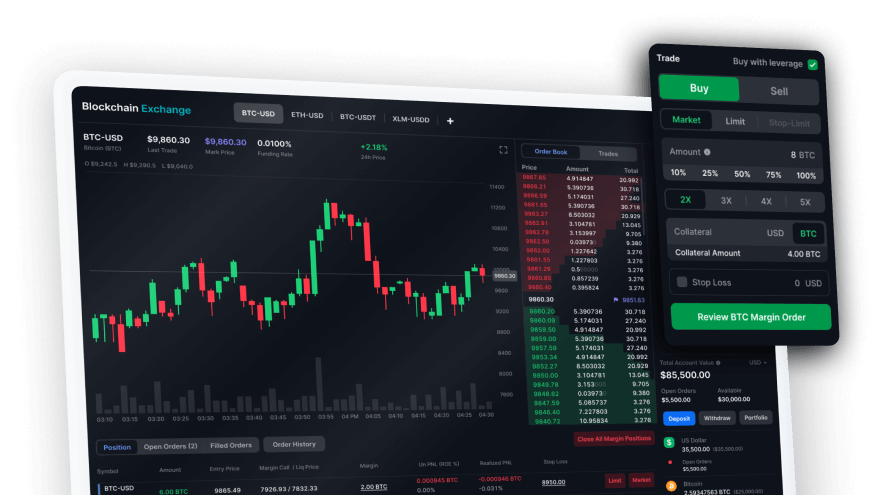Kyber Network Crystal (KNC) is a utility token of the Kyber ecosystem. KNC holders can stake to govern the platform and vote on important proposals, and earn staking rewards from trading fees.












A brief history
The Kyber Network was started in 2017 by co-founders Loi Luu- a blockchain researcher and co-founder of SmartPool- Victor Tran- a former chief technology officer of Clixy and 24/7 Digital Group- and Yaron Velner- CEO of B.Protocol. At its core, Kyber is a decentralized way to exchange ETH and different ERC20 tokens instantly. To achieve this Kyber uses a large set of liquidity pools which they call “reserves,” which currently support over 70 different ERC20 tokens. All reserves are controlled by different parties with different prices and levels of funding. Instead of using order books to match buyers and sellers to return the best price, the Kyber protocol looks at all the reserves and returns the best price among the different reserves. Reserves make money through the differences between the buying and selling prices. For example, if a user wanted to swap ETH (the core asset in the Ethereum implementation of the protocol) for DAI they would send ETH to the Kyber Network smart contract. The contract will query all of the reserves for the best ETH to DAI exchange rate. The contract then sends the ETH to the reserve with the exchange rate and that reserve then sends DAI.
KNC in practice
The KNC coin is used to help carry out actions on the protocol. First, holders of KNC can participate in the governance of Kyber Network through KyberDAO. By staking their tokens, KNC holders can vote on the network’s fee model, rebates for reserves, and other proposals. Additionally, voters can earn staking rewards denominated in ether but they can only receive full staking rewards if they vote on all the proposals during each epoch—each of which lasts around two weeks. KNC is a deflationary staking token, which means its supply will decrease over time. All reserves are also required to pay fees in KNC for the right to manage reserves.



































































































